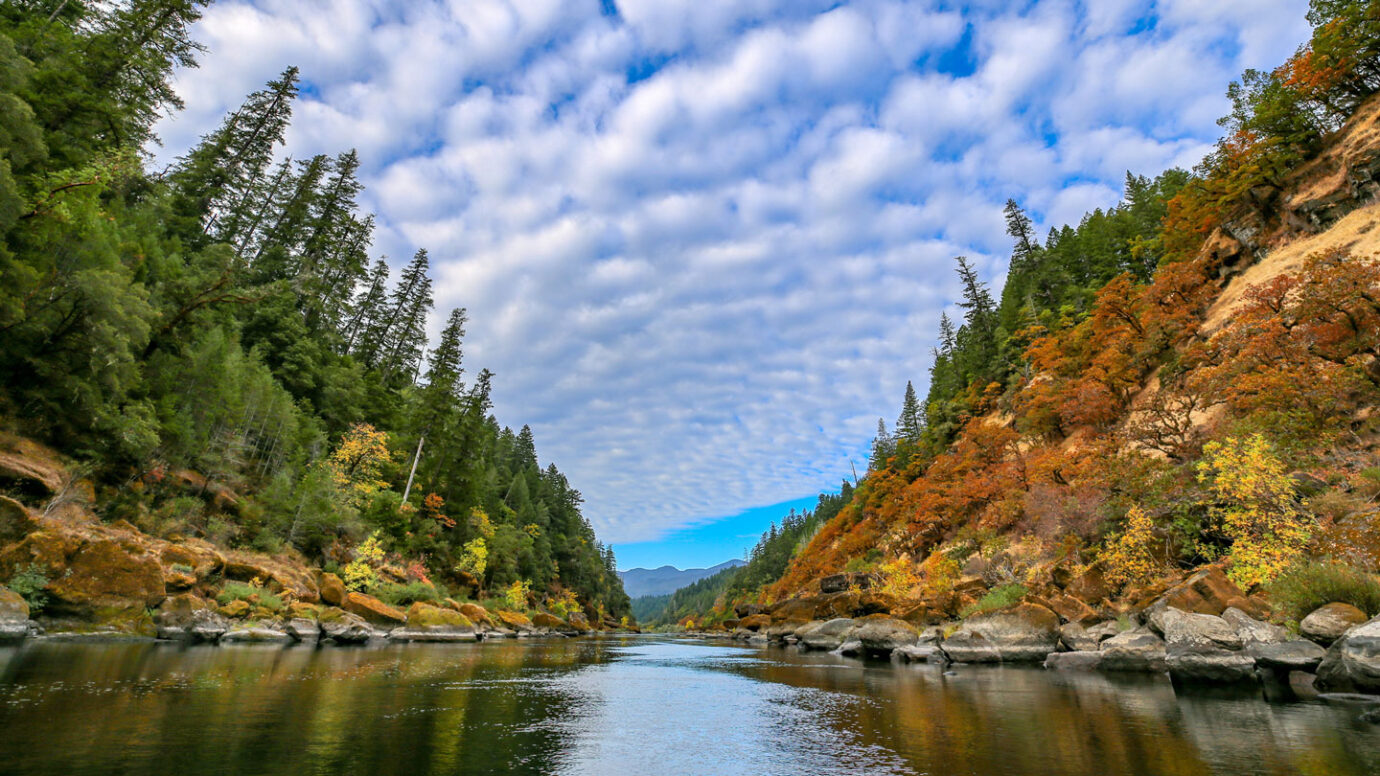The temperature spikes can cause trouble for fish, plants and water quality
U.S. rivers are getting into hot water. The frequency of river and stream heat waves is on the rise, a new analysis shows.
Like marine heat waves, riverine heat waves occur when water temperatures creep above their typical range for five or more days (SN: 2/1/22).
Using 26 years of United States Geological Survey data, researchers compiled daily temperatures for 70 sites in rivers and streams across the United States, and then calculated how many days each site experienced a heat wave per year. From 1996 to 2021, the annual average number of heat wave days per river climbed from 11 to 25, the team reports October 3 in Limnology and Oceanography Letters.
The study is the first assessment of heat waves in rivers across the country, says Spencer Tassone, an ecosystem ecologist at the University of Virginia in Charlottesville. He and his colleagues tallied nearly 4,000 heat wave events — jumping from 82 in 1996 to 198 in 2021 — and amounting to over 35,000 heat wave days. The researchers found that the frequency of extreme heat increased at sites above reservoirs and in free-flowing conditions but not below reservoirs — possibly because dams release cooler water downstream.
Most heat waves with temperatures the highest above typical ranges occurred outside of summer months between December and April, pointing to warmer wintertime conditions, Tassone says.
Human-caused global warming plays a role in riverine heat waves, with heat waves partially tracking air temperatures — but other factors are probably also driving the trend. For example, less precipitation and lower water volume in rivers mean waterways warm up easier, the study says.
“These very short, extreme changes in water temperature can quickly push organisms past their thermal tolerance,” Tassone says. Compared with a gradual increase in temperature, sudden heat waves can have a greater impact on river-dwelling plants and animals, he says. Fish like salmon and trout are particularly sensitive to heat waves because the animals rely on cold water to get enough oxygen, regulate their body temperature and spawn correctly.
There are chemical consequences to the heat as well, says hydrologist Sujay Kaushal of the University of Maryland in College Park who was not involved with the study. Higher temperatures can speed up chemical reactions that contaminate water, in some cases contributing to toxic algal blooms (SN: 2/7/18).
The research can be used as a springboard to help mitigate heat waves in the future, Kaushal says, such as by increasing shade cover from trees or managing stormwater. In some rivers, beaver dams show promise for reducing water temperatures (SN: 8/9/22). “You can actually do something about this.”
- Karlston and alf9872000
-

 2
2



Recommended Comments
There are no comments to display.
Join the conversation
You can post now and register later. If you have an account, sign in now to post with your account.
Note: Your post will require moderator approval before it will be visible.